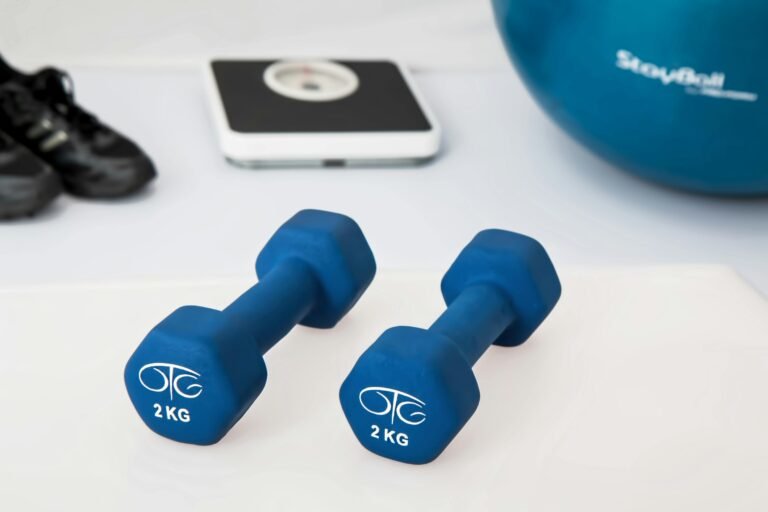Prosthetic Toes: Restoring Function and Confidence with Innovative Solutions

In the ever-evolving field of prosthetics, advancements are continuously being made to improve the quality of life for individuals who have experienced the loss of limbs or digits. One area that has seen remarkable progress is the development of prosthetic toes. These specialized devices not only restore functionality but also offer a sense of confidence and normalcy to those who have undergone amputations or experienced congenital defects affecting their toes.
The Importance of Toes in Daily Life
While often overlooked, toes play a crucial role in our ability to walk, balance, and perform various activities with ease. Each toe contributes to the intricate mechanics of the foot, aiding in weight distribution, stability, and propulsion during gait. The loss of even a single toe can have a significant impact on an individual’s mobility, comfort, and overall quality of life.
Prosthetic toes are designed to mimic the natural form and function of the missing digit, providing a range of benefits that extend far beyond the physical realm. By restoring the biomechanical integrity of the foot, prosthetic toes can alleviate pain, improve balance, and enhance overall mobility, enabling individuals to engage in daily activities with greater confidence and independence.
The Evolution of Prosthetic Toe Design
Traditional prosthetic toes were often bulky, uncomfortable, and lacked the natural movement and flexibility of their biological counterparts. However, advancements in materials, design, and manufacturing techniques have revolutionized the field, resulting in more lifelike and functional prosthetic solutions.
One of the most exciting developments in prosthetic toe technology is the introduction of ‘custom automated prosthetics.’ These cutting-edge devices leverage advanced computer-aided design (CAD) and 3D printing techniques to create highly customized prosthetic toes tailored to each individual’s unique anatomy and needs.
Through the use of specialized software and scanning technologies, detailed measurements and specifications are captured, ensuring a precise fit and optimal comfort. The digital data is then used to 3D print the prosthetic toe using biocompatible materials, such as medical-grade plastics or flexible resins, that closely mimic the properties of human tissue.
In addition to their exceptional fit and comfort, ‘custom automated prosthetics’ offer several other advantages. They can be designed to incorporate features like flexible joints and articulated movement, allowing for a more natural range of motion and improved gait mechanics. Furthermore, the customization process enables the seamless integration of aesthetic elements, ensuring a natural-looking appearance that blends seamlessly with the individual’s remaining toes.
Advancements in Materials and Design
Beyond ‘custom automated prosthetics,’ the field of prosthetic toe development has seen significant progress in the realm of materials and design. Innovative materials like silicone and advanced polymers have been employed to create prosthetic toes that are lightweight, durable, and highly realistic in appearance.
These new materials not only offer improved comfort and wearability but also boast enhanced moisture-wicking and antimicrobial properties, reducing the risk of skin irritation and promoting better hygiene.
Moreover, advancements in design have led to the creation of modular prosthetic toe systems, which allow for easy customization and adjustment. These modular designs enable the seamless integration of additional components, such as shock-absorbing insoles or supportive orthotics, further enhancing the functionality and comfort of the prosthetic solution.
Improving Quality of Life and Confidence
The impact of prosthetic toes extends far beyond physical functionality. For many individuals who have experienced the loss of a toe or multiple toes, the psychological and emotional toll can be significant. Prosthetic toes offer a sense of restored normalcy, helping individuals regain confidence in their appearance and ability to participate in various activities without self-consciousness or fear of judgment.
By restoring the natural aesthetic of the foot, prosthetic toes can alleviate feelings of self-consciousness and promote a positive body image. This, in turn, can have a profound impact on an individual’s mental well-being, self-esteem, and overall quality of life.
Furthermore, the availability of customized and lifelike prosthetic toe solutions has opened new doors for individuals in various professions and activities. From athletes and dancers to professionals in the service industry, the ability to seamlessly integrate a prosthetic toe into their daily routines has empowered many to pursue their passions and careers without limitation.
Ongoing Research and Future Developments
The field of prosthetic toe development is continuously evolving, driven by ongoing research and the pursuit of even more advanced solutions. One area of focus is the integration of advanced sensors and control systems, which could potentially enable prosthetic toes to mimic the tactile feedback and proprioceptive sensations of natural toes.
Additionally, researchers are exploring the potential of incorporating regenerative medicine techniques, such as tissue engineering and stem cell therapies, to create prosthetic solutions that can integrate with the body’s natural tissues, promoting better healing and long-term functionality.
As technology continues to advance, the future of prosthetic toes holds exciting possibilities, offering individuals the chance to not only regain physical function but also experience a seamless and natural integration of their prosthetic solutions with their bodies and lives.
Accessibility and Support
Despite the remarkable advancements in prosthetic toe technology, access to these innovative solutions remains a challenge for many individuals. Cost, insurance coverage, and availability of specialized healthcare providers can create significant barriers, particularly in underserved or remote communities.
To address these challenges, organizations and initiatives have emerged to raise awareness, provide support, and advocate for increased access to prosthetic solutions, including prosthetic toes. Through collaboration with healthcare professionals, policymakers, and advocacy groups, efforts are underway to ensure that individuals in need have access to the latest technologies and resources, regardless of their socioeconomic status or geographic location.
Conclusion
Prosthetic toes represent a remarkable stride in the field of prosthetics, offering individuals the opportunity to regain functionality, confidence, and a sense of normalcy after experiencing the loss of a toe or multiple toes. Through the integration of cutting-edge technologies like ‘custom automated prosthetics,’ advanced materials, and innovative design, prosthetic toe solutions have become increasingly lifelike, comfortable, and adaptable to individual needs.
As the field continues to evolve, driven by ongoing research and a commitment to improving quality of life, the future of prosthetic toes holds immense promise. With increased accessibility and support, these innovative solutions have the potential to transform the lives of countless individuals, empowering them to embrace their individuality while enjoying the freedom of movement and the confidence that comes with a fully restored and functional foot.
Carol Harper
View All By Carol





